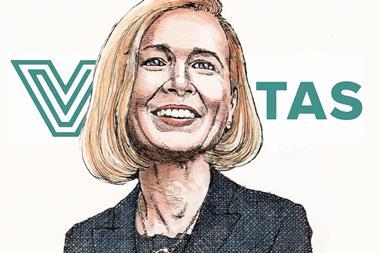SWITZERLAND - The CHF25bn (€20bn) pension fund AHV fund has said its current risk management model will help ease losses should the euro-zone’s peripheral countries run into more trouble.
The fund was split into three different entities last year - the AHV (first-pillar fund), the IV (invalidity fund) and the EO (for compensating maternity or periods of military service) - each with their own asset allocation according to the risk profile.
However, the AHV remains in charge of administrating all three funds and has put in place a mechanism to minimise risk in the portfolios.
Eric Breval, chief executive at the Swiss Federal Social Security Fund (AHV), told IPE: “To put it very simply, we are holding less risky assets the riskier the markets are.”
He said the risk-based mechanism worked as an “emergency plan” for scenarios such as Greece’s possible exit from the euro-zone and its aftermath, particularly in the fixed income sector.
Breval confirmed that the mechanism was operational and had been “working” since 1 January this year.
For now, the fund is using volatility data on certain markets as risk measurement, but it will “include other factors over time”.
“If you assume that, for example, Greece is leaving the EU, then this would most likely not happen overnight - the markets would ‘smell’ it and react accordingly, which means our allocation would be adjusted more or less automatically,” Breval said.
But he stressed that there was “almost no efficient emergency plan that would completely prevent losses in such a situation”.
Last year, the fund had already put in place a currency hedging strategy covering around 75% of foreign currency investments in 2010, which helped reduce the volatility in the portfolios from around 6.4% to 3.7%, according to the fund’s annual report.












No comments yet